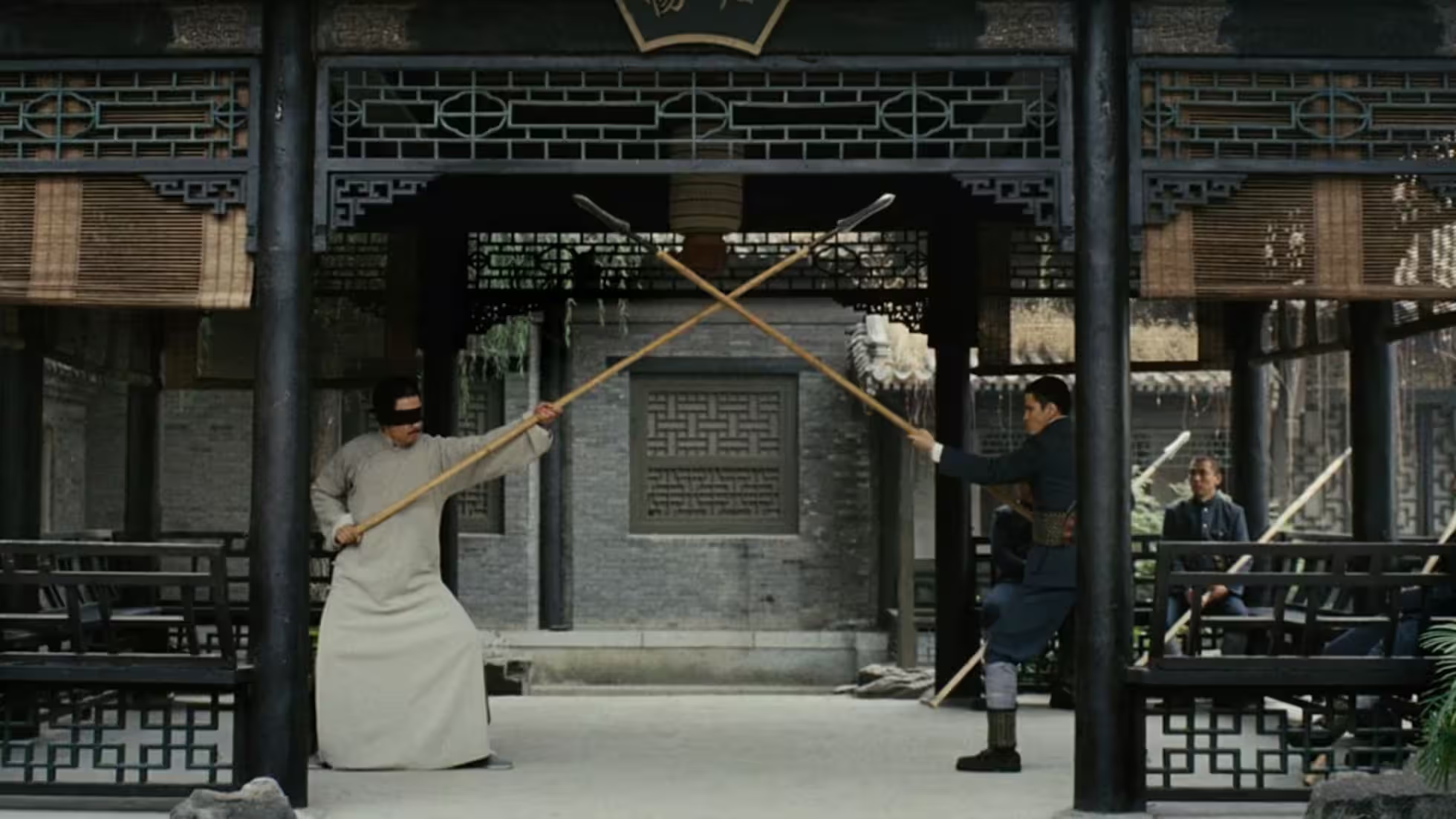Liangzhu Ruins — A Holy Site Proving 5,000 Years of Chinese Civilization

For any country or unified social order, a shared faith comes first. The human‑god‑beast mask motif appears throughout the Liangzhu cultural sphere, with fixed form across its span. It is the mother theme of Liangzhu jades and the deity venerated by its people — evidence of highly consistent spiritual belief.
As Zuozhuan puts it, “The great affairs of the state lie in rites and war.” That logic already shows up at Liangzhu. Religion and polity were conjoined; shaman‑kings held sacral, military, and royal authority — sovereigns of heaven and earth, conquerors abroad, and rulers at home. Cong tubes, bi discs, and yue axes are the signature Liangzhu jades, symbols of authority, rank, and status. Holders were no longer clan chiefs in the ordinary sense, but nobles — even kings.
Modern archaeology sees the early city as the marker of entry into civilization. In the cradles along the Tigris‑Euphrates, Nile, Indus, Yellow, and Yangtze, a sequence of early cities emerged — population, cultural, and economic centers, and also political, religious, and military hubs — the very standard of a civilized age.
The ancient city of Liangzhu centered on Mojiaoshan: palace, royal city, capital walls and outer defenses, grand altars, and large‑scale hydraulic works — a suite of monumental public projects. Rationally planned, carefully executed, structurally complete, and vast in scope, it was the nexus of power and faith for Liangzhu culture.
Burial evidence shows a stratified order: commoners at the base; an intermediate artisan‑warrior stratum (workshop managers and part‑time fighters); an upper nobility holding portions of military power; and a ruling class of kings and royals wielding both sacral and military authority.
Current evidence indicates that 5,300–4,000 years ago, around Lake Tai, there existed an early regional state supported by rice agriculture, with clear social stratification, urban–rural division, and unified belief. The Liangzhu civilization forms part of the multi‑origin yet integrated Chinese civilization.
On July 6, 2019, at the 43rd session of UNESCO’s World Heritage Committee in Baku, the Ancient City of Liangzhu was inscribed on the World Heritage List — international recognition of material proof for China’s “5,000‑year” civilization.
Why Liangzhu vanished may become a focus of future historiography. One view links it to the legendary meeting where Yu the Great executed the leader of Fangfeng — supposedly a Liangzhu headman — but with no firm archaeological locus for Yu, this remains a hypothesis awaiting evidence.
Published at: Sep 27, 2025 · Modified at: Dec 11, 2025


